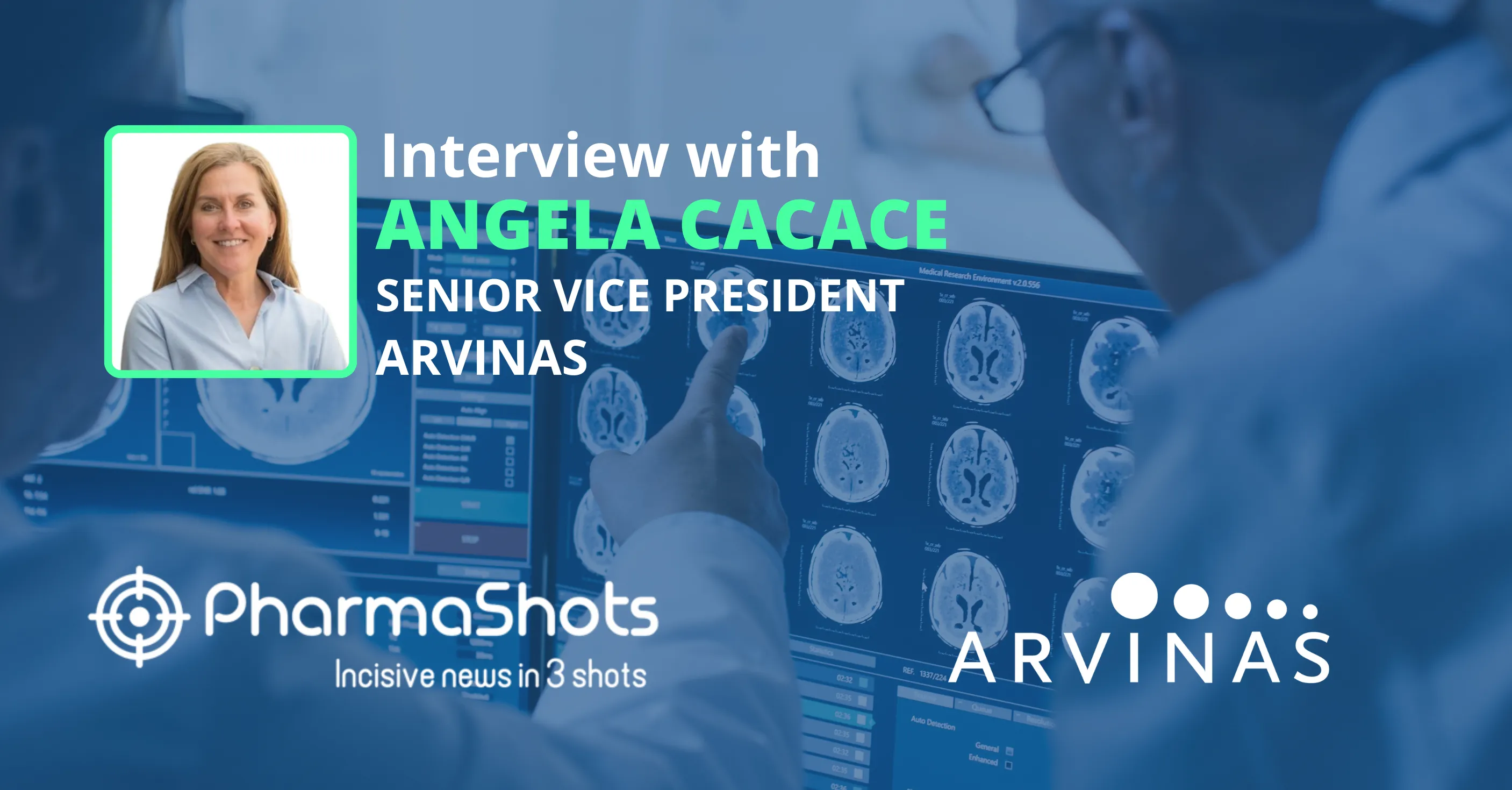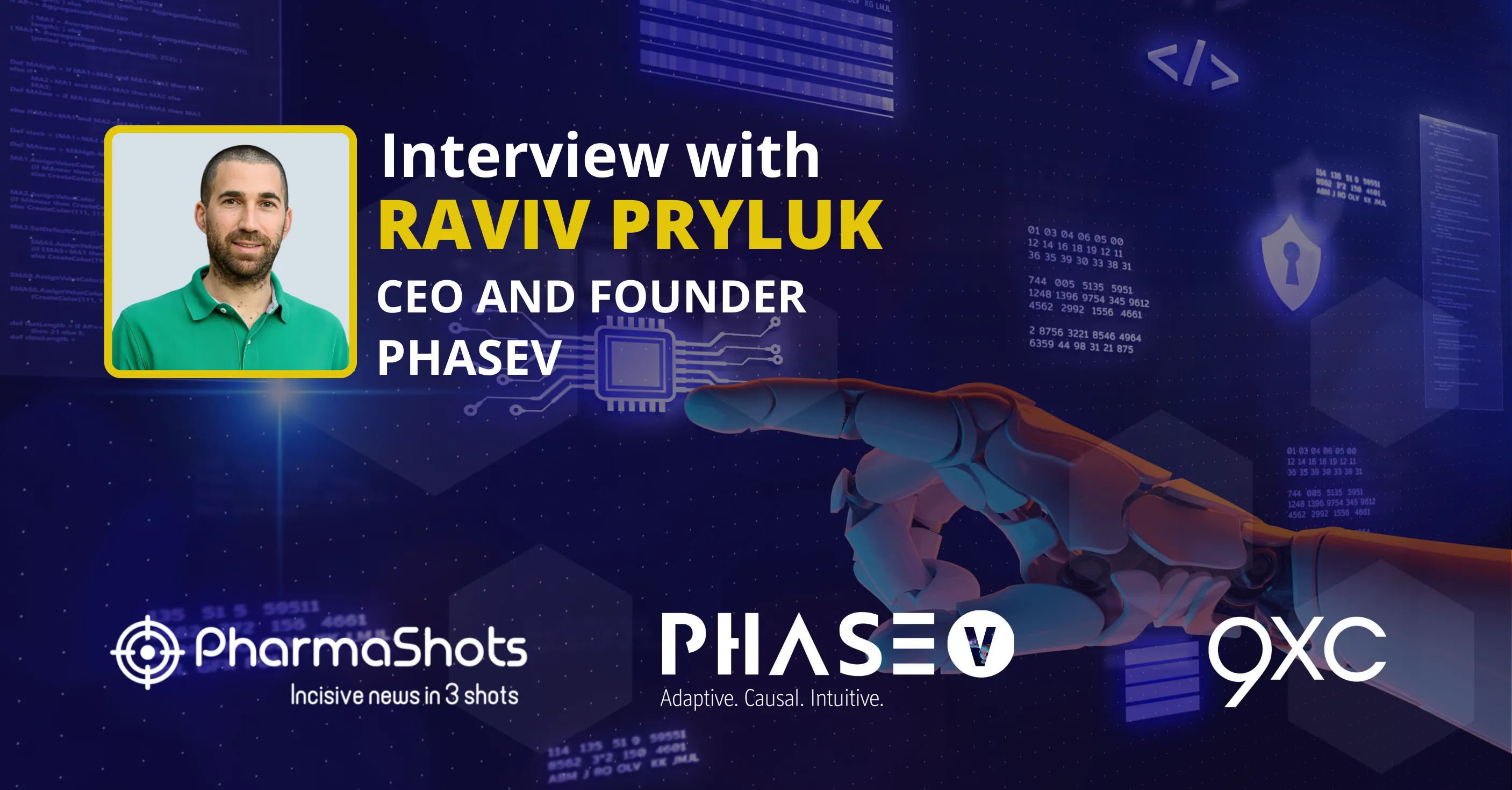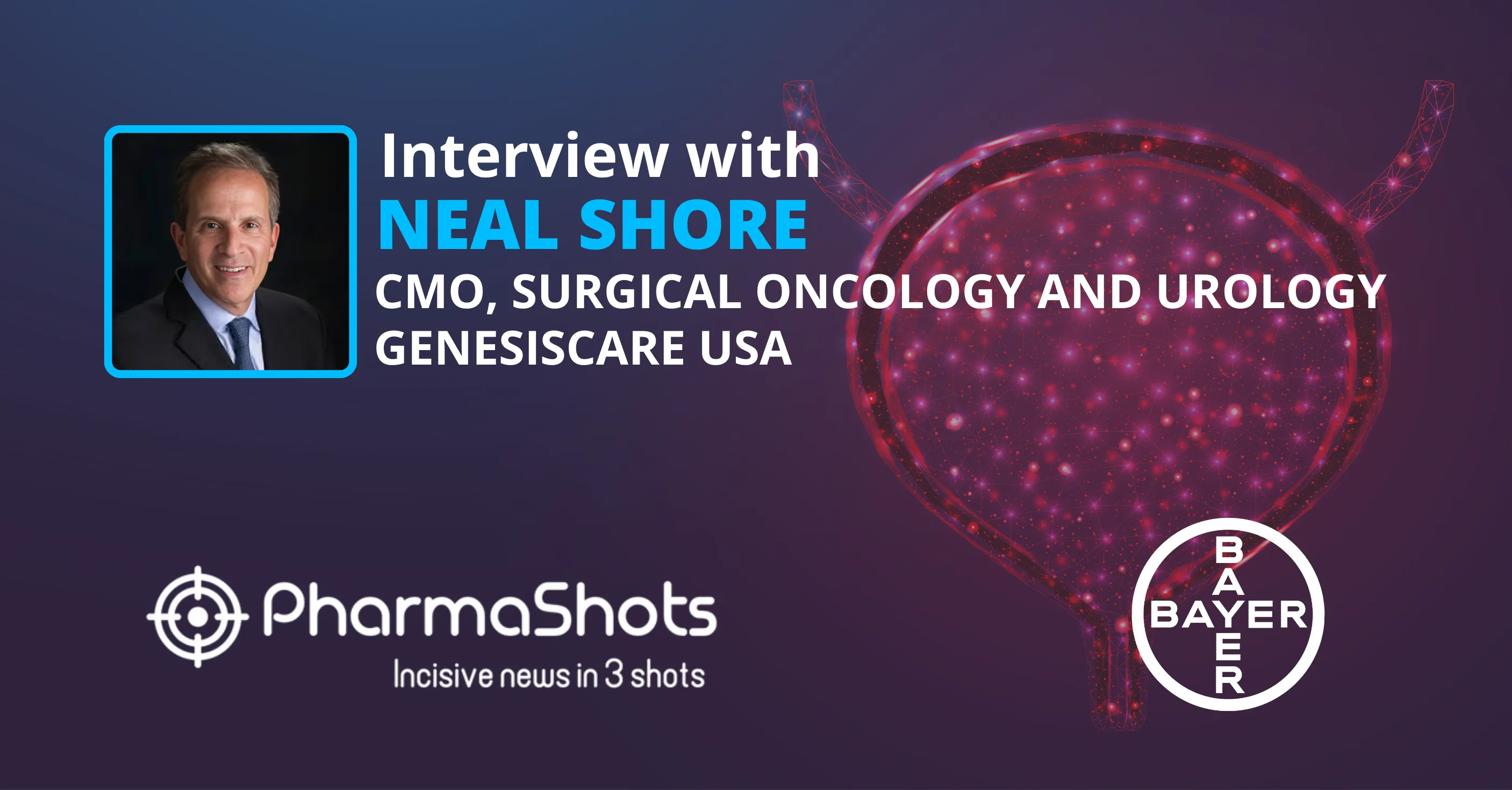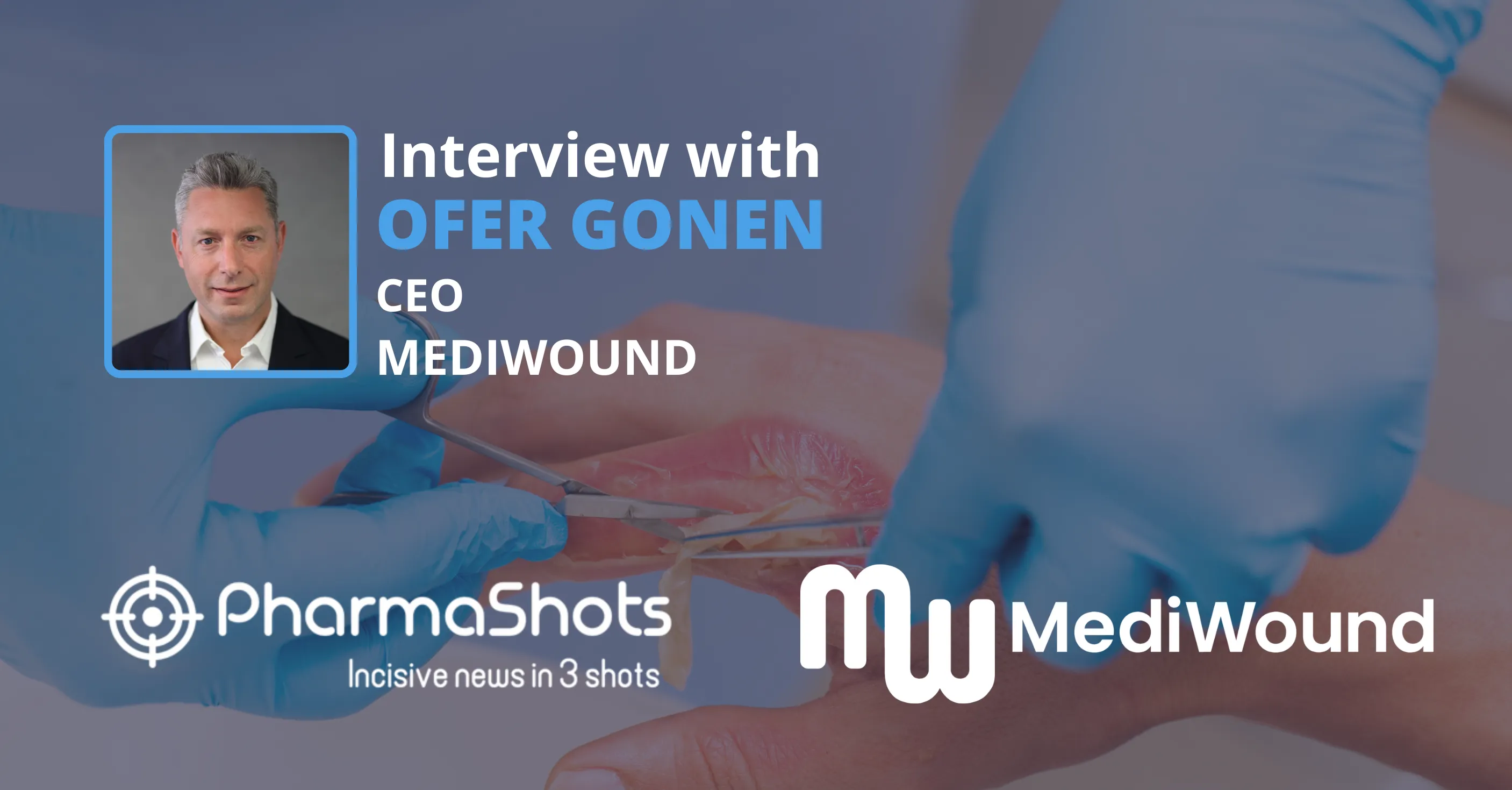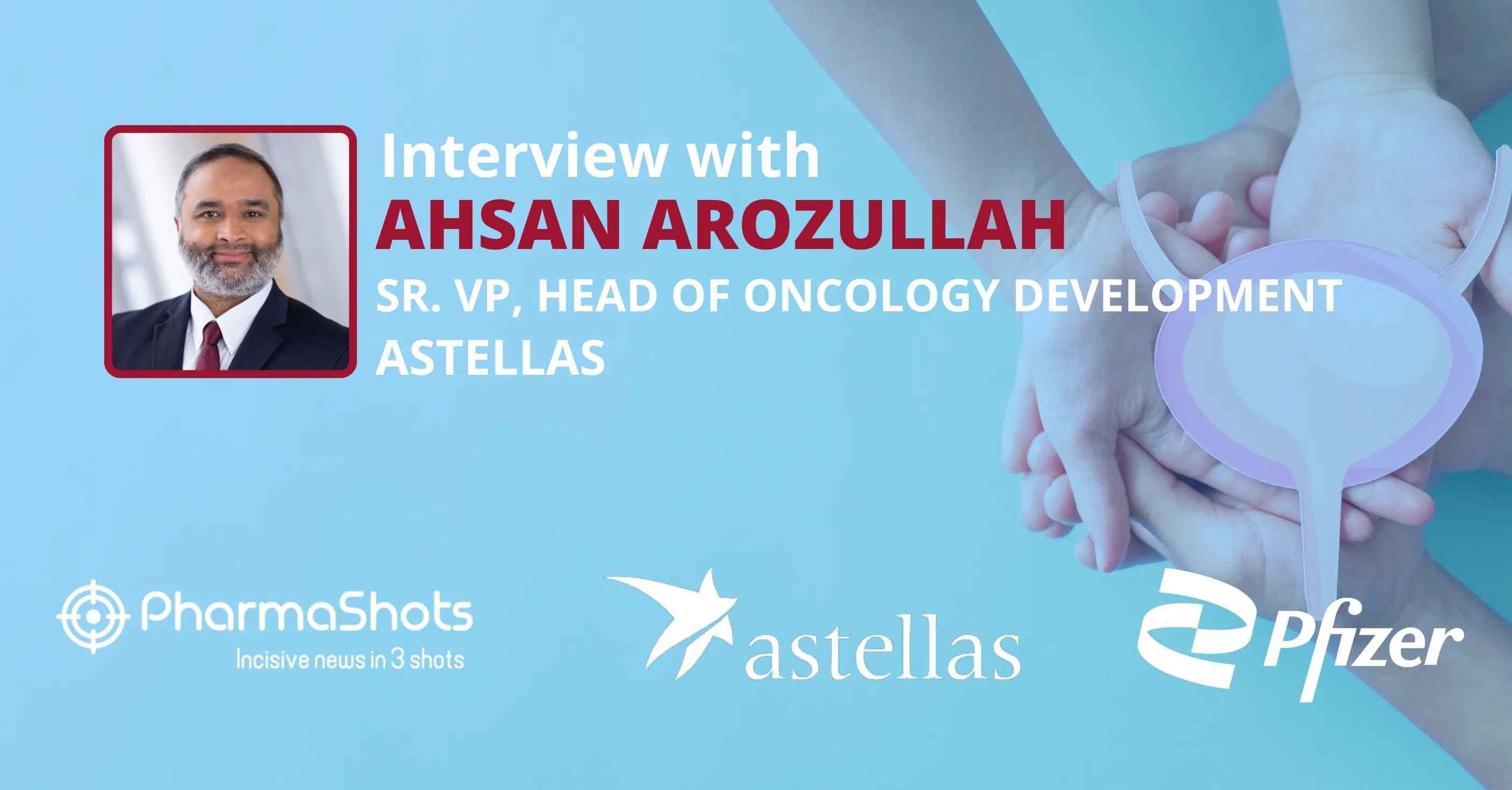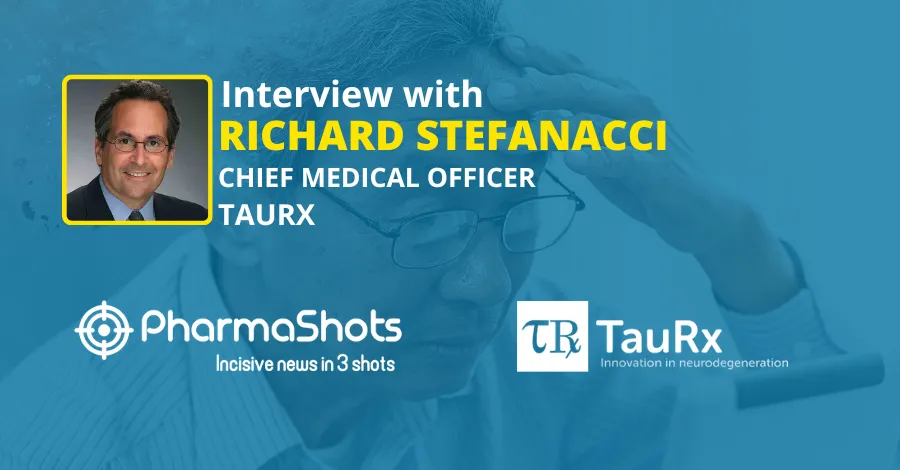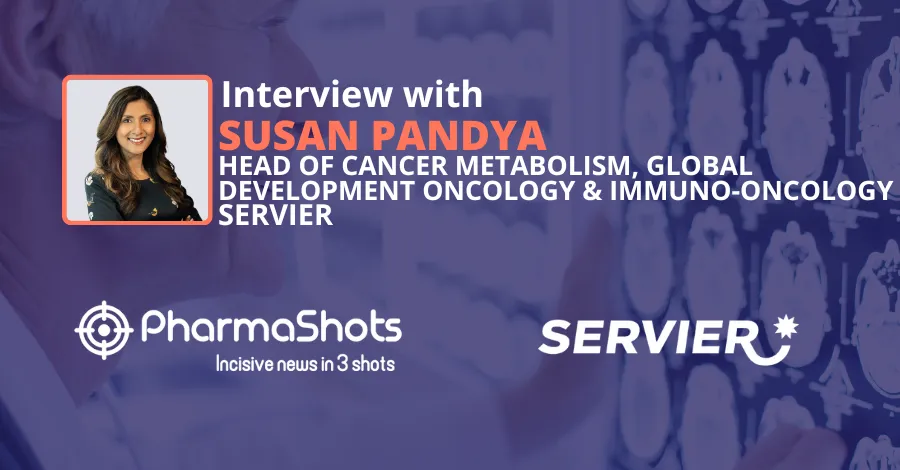
Eric Halioua, President & CEO at PDC*line Pharma Shares Insights on the Results from P-I/II Trial with PDC*lung01
Shots:
- Eric shared the results from the first immunological results of its PDC-LUNG-101 P-I/II trial with PDC*lung01 which is the company’s cancer vaccine candidate for Non-Small Cell Lung Cancer
- The results were presented at ESMO-IO 2022 elaborating on the safety, tolerability, immunogenicity, and preliminary clinical activity of the drug candidate
- The interview shows PDC*line’s vision to develop an innovative class of active immunotherapies for cancers, based on a GMP-grade allogeneic therapeutic cell line of Plasmacytoid Dendritic Cells (PDC*line)
Smriti: Can you please start by sharing the results of the P-I/II PDC-LUNG-101 trial, presented at the ESMO-IO 2022?
Eric Halioua: PDC*lung01 is an innovative class of active immunotherapies for cancers, based on a GMP-grade allogeneic therapeutic cell line of Plasmacytoid Dendritic Cells (PDC*line). PDC*line is much more potent than conventional dendritic cell-based vaccines in priming and boosting antitumor antigen-specific cytotoxic T-cells, including the T-cells specific for neoantigens, and is synergistic with checkpoint inhibitors. The technology can potentially be applied to any type of cancer. We are conducting an open-label, dose-escalation, phase I/II study PDC-LUNG-101 assessing the safety, tolerability, immunogenicity, and the preliminary clinical activity of therapeutic cancer vaccine PDC*lung, associated or not with anti-PD1 treatment in patients with non-small-cell lung cancer (NSCLC). We presented our first results this year at ESMO and ESMO-IO.
Key results presented:
Preliminary results with PDC*lung01 in monotherapy and at low doses with pembrolizumab evoke acceptable safety profile, immunological activity, and promising tumor response in Non-Small Cell Lung Cancer
A combination of PDC*lung01 at a low dose with pembrolizumab resulted in an objective response rate and progression-free survival at nine months of 66.7%
With preliminary clinical data now available from patients in the first three enrolled cohorts, it is encouraging to see PDC*lung01 as safe, immunogenic and to have signs of clinical efficacy. The durability of response in all first-line stage IV (metastatic) NSCLC patients with partial response or stable disease is particularly encouraging and provides hope for this patient group where there is still a significant unmet need.
These new results reinforce our differentiating data package for PDC*lung01. They support the potency of our platform to trigger anti-tumor specific and effector memory T-cells against lung antigens in a large proportion of subjects, with a dose effect and a combined effect with anti-PD-1. We are very pleased to demonstrate that our innovative immunotherapy platform can induce a strong immune response in humans. These first results illustrate the potential targeted mechanism of action of PDC*lung01 to prime naïve anti-tumor specific T-Cells and trigger effector memory T-cells in humans.
Smriti: Please provide the details (MOA, ROA, formulation, etc) of PDC*lung01 for the treatment of NSCLC.
Eric Halioua: PDC*lung01 is made of irradiated human Plasmacytoid Dendritic Cells (PDC*line), loaded with HLA-A*02:01-restricted peptides, derived from NY-ESO-1, MAGE-A3, MAGE-A4, Multi-MAGE-A, MUC1 and Survivin tumor antigens. It is administered weekly by a subcutaneous and intravenous route, in six consecutive doses. At least 95% of NSCLC patients express at least one of the antigens targeted by PDC*lung, making it possible to treat any patient without specific selection. The target population of PDC*lung is initially limited to HLA-A2+ patients, as the PDC*line HLA-A2 cell line is used to load and present the selected antigens. Safety and clinical activity of the product were presented at ESMO 2022. PDC*line is a potent professional antigen-presenting cell that can prime and boost the patient’s antitumor cytotoxic CD8+ T-cells and is synergistic in vitro with anti-Programmed Death-1 (PD-1) treatment. We reported at ESMO-IO the analysis of immune response of the first 3 cohorts of patients.
Anti-PD-1 antibodies have recently become standard first-line treatments for melanoma and NSCLC.
However, inhibition of PD-L1 or PD-1 is not sufficient for optimal anti-tumor activity in some patients. These therapeutic antibodies do not directly kill tumor cells, but allow effector cells, such as peptide-specific CD8 T cells, to effectively allow tumor cell destruction. This mechanism is strongly suggested by exploratory analyses in neo-adjuvant clinical trials, where the unleash of the patient’s own immune system seems to be responsible for tumor eradication. Despite this, more than half of patients with metastatic NSCLC do not respond to anti-PD-1 when used as first-line therapy alone (KEYNOTE-024 ORR: 45%). It has been suggested that this lack of response is related to the patient's low pre-existing antitumor immune response capacity (antitumor CD8 T cells) or to specific characteristics of the tumor microenvironment (Teng et al., 2015; Zhu et al., 2016). Therefore, strategies to stimulate the immune response of naive and memory CD8 T cells against tumor antigens represent a possible unique approach to potentiate the efficacy of immune checkpoint inhibitors and in particular anti-PD-1. Specifically, the goal of therapeutic vaccines is to activate and stimulate tumor antigen-specific CD8 T cells in patients by providing the relevant source of antigens in an immunostimulatory environment. We have shown in vitro and now in vivo in Human, the synergistic effect of the combination of peptide-loaded PDC*line cells and Pembrolizumab™ (anti-PD-1 monoclonal antibody) in the expansion of antitumor T-cells with PBMC of lung cancer patients.
Smriti: Elaborate on the trial design of the PDC-LUNG-101 P-I/II clinical study.
Eric Halioua: We are conducting an open-label, dose-escalation, phase I/II study PDC-LUNG-101 assessing the safety, the tolerability, the immunogenicity, and the preliminary clinical activity of therapeutic cancer vaccine PDC*lung, associated or not with anti-PD1 treatment in patients with non-small-cell lung cancer (NSCLC).
PDC*lung will be assessed (for more details see Table below):
In 2 different settings:
- As monotherapy in the adjuvant setting of NSCLC patients (cohorts A1 and A2): the targeted population is TNM stage IIa/IIb/IIIa
- In addition to an anti-PD1 treatment (cohorts B1 and B2): the targeted population is TNM stage IV NSCLC with PD-1 expression equal to or above 50% and eligible for an aPD1 as monotherapy in first-line treatment.
At 2 dose levels in each setting described above: the administration routes are subcutaneous (SC) and intravenous (IV) consecutively at every injection time point.
- Low dose (cohorts A1 and B1): total of 14 x 106 cells (IV and SC)
- High dose (cohorts A2 and B2): total of 140 x 106 cells (IV and SC)
The aim of cohorts A1 and A2 is to gain safety information on PDC*lung in monotherapy (i.e without anti-PD1) allowing to better describe the profile when added to the anti-PD1 and observe the potential preliminary immune response in monotherapy which are the study objectives while being compliant with the common requirement from Regulatory Authorities to studying the safety of a new product first as “single agent” before introducing an association.
The aim of cohorts B1 and B2 is to determine the dose for the next clinical development step of the PDC*lung in Phase II, and, among others, observe preliminary clinical activity.
PDC*lung, provided in a ready-to-use formulation, is administered 6 times on a weekly basis.
The study flowchart is divided into two parts after pre-screening: an active phase (screening, treatment phase and safety period up to 4 weeks after the last injection) and a long-term follow-up period (up to 2 years after the end-of-treatment visit) during which information about clinical status and disease assessment will be collected.
Sixty-four evaluable patients are expected to be included and treated. The cohort B2 (High dose + anti-PD1) is the study targeted arm in terms of dose-level and setting in combination with an anti-PD1 and hence, may be considered as a part of Phase II by recruiting in itself a total number of 42 patients evaluable, with the aim to observe preliminary clinical activity (ORR and PFS at 9 months).
The Table 13 below summarizes the PDC-LUNG-101 study design. Also, the Figure 47 shows further the PDC*lung clinical development plan.
Table 13: Summary of the clinical protocol of PDC*lung Phase I/II (PDC-LUNG-101).

This first-in-human phase I/II study described in the figure below is expected to be followed by a randomized, open-label phase II study with PDC*lung in association with anti-PD-1 vs anti-PD-1 alone, aiming to demonstrate the clinical proof-of-concept.
.png)
Figure 48: PDC*lung Phase I/II clinical trial (PDC-LUNG-101).
Smriti: How has the presentation at ESMO-IO proved to be an important milestone for the company?
Eric Halioua: Presenting the first immunological data set from our lead candidate PDC*lung01 for the treatment of NSCLC at ESMO-IO, one of the major major immune-oncology conference, is an important milestone for PDC*line Pharma. We pass through a rigorous selection process to be able to have a poster accepted.
Smriti: Brief our readers with the key highlights of the poster demonstrating immunological data for PDC*lung01.
Eric Halioua: Key highlights from the poster display
Poster title: The therapeutic cancer vaccine PDC*lung01 induces immune responses with or without anti-PD-1 treatment in patients with non-small cell lung cancer.
Several circulating immune parameters were monitored at different times before and after PDC*lung01 administrations using assays developed by PDC*line Pharma
Leukocyte count and determination of peptide-specific CD8+ T-cells, for which a Limit Of Quantification (LOQ) was defined to better assess the fold changes of the cell expansion. Assays allow evaluation of circulating antitumor-specific CD8+ T-cells pre and post-treatment, ex vivo with a Limit Of Quantification very low of 0.003%, without prior in vitro restimulation
PDC*lung01 is found to be biologically active to trigger an antitumor immune response in a significant number of patients
23 of the 25 patients included received at least four doses and were evaluable. No major changes in circulating lymphocyte frequencies (B cells, NK cells, CD4+, CD8+, or Treg T-cells) were observed during treatment. In contrast, a specific and memory CD8+ T-cell response was induced against the antigens from which are derived the peptides loaded on PDC*lung01 in 33%, 45% and 67% of evaluable patients in, respectively, A1 (six patients), A2 (eleven patients) and B1 (six patients) cohorts
First signal of correlation observed between immune and best overall clinical responses in metastatic patients treated with pembrolizumab
The best overall response in six evaluable patients of the B1 cohort, according to RECIST criteria, included four partial responses, one stable disease and one progressive disease. CD8+ T-cells for at least one of the six lung antigens were observed in the majority of the partial and stable disease patients. In contrast, no immune response was detected in the progressive disease patient
Smriti: Tell us how PDC*lung01 is different from other NSCLC drugs.
Eric Halioua: We are developing a cancer vaccine based on a unique line of allogeneic plasmacytoid dendritic cell (PDC) line.
Dendritic cells are of great interest for the development of a therapeutic cancer vaccine. They are perfectly equipped to process and present tumor antigen-derived peptides to naive CD8+ T cells in lymphoid organs, transforming them into effector memory cells capable of reaching to the tumor site and killing tumor cells. Further, allogeneic dendritic cells can resolve numerous issues of autologous DCs, which most of the current developments are based upon: the cost of manufacturing, reproducibility, feasibility, the availability of sufficient drug product, the suboptimal efficacy of the product, the difficulty in establishing quality control of immune activity, and the heterogeneity of clinical trials where all patients are treated with a different drug product.
PDC*line Pharma has developed a novel approach using an allogeneic plasmacytoid dendritic cell (PDC) line as an antigen-presentation platform showing great potency to prime and expand tumor-specific CD8+ T cells in vitro and in vivo in a humanized mouse model (data illustrated in Part III of this document). This off-the-shelf product is scalable, versatile, cost-effective, and guarantees the homogeneity of treatment and clinical results as the same product is used for all patients. PDC*line can also be easily manufactured, as the cell source is independent of patients, and the drug product is shortly available for the patients. Another important strength is that its potency to stimulate antitumor CD8+ T-cells can be checked before infusion.
PDC*vac is a unique class of off-the-shelf cancer vaccine based on a cell line of Plasmacytoid Dendritic Cells (PDC*line). PDC*line is a proprietary cell line derived from a human leukemic patient with the HLA-A*02:01 phenotype. From a fully characterized GMP Master Cell Bank, the cells are easy to expand in synthetic medium in suspension without growth, maturation or differentiation factors.
PDC*line is loaded in vitro with HLA-A*02:01-restricted peptides derived from target tumor antigens that are expressed by the cancer type to be treated. It is irradiated to stop its proliferation while keeping its functionality and can be stored in liquid nitrogen over the long term. When needed, the off-the-shelf product is thawed and administered by injection to HLA-A*02:01-compatible patients in order to prime and boost a specific antitumor CD8+ T-cell response.
PDC*vac is classified by the EMA (European Medicines Agency) as an ATMP (Advanced-Therapy Medicinal Product) within the Somatic-Cell Therapy Medicinal Product category.
The competitive advantages of PDC*line Pharma's technology are based on 3 aspects:
Superior potency
- PDC*line is more 20 to 200 times potent than conventional myeloid dendritic cells to expand cytotoxic CD8+ T cells (obtained from blood monocytes treated with GM-CSF and IL-4)9 , thanks to a different and superior mode of action
- Multivalent approach: targets multiple tumor antigens and limits tumor escape.
Competitive industrialization and logistics
- Simple, industrializable and cost-efficient production (at least 10 times cheaper than some allogeneic treatments) and logistics.
- Standardized product, stable for several years, and directly injectable after thawing.
- Ready-to-use formulation that allow a sustainable worldwide supply chain and easy and fast administration at the bedside of the patient by healthcare professionals
- Large target population, consisting of all patients with any type of cancer and matching the HLA of the PDC*line used (currently HLA-A2, i.e. approximately 45% of patients in Europe and 36% in the United States).
Versatile technology (development potential)
- Type of cancer: it is possible to validate a preclinical candidate in a few months from blood samples.
- Antigen form: peptides, mRNA, PDC*line genetically modified by retrovirus or lentivirus
- HLA: it is possible to add HLA to PDC*line to expand the target population
- Other genetic modifications: possibly to increase its activity (expression of costimulatory signals)
Smriti: Is PDC*Line Pharma evaluating any other drug for the treatment of Non-Small Cell Lung Cancer?
Eric Halioua: Yes, we are working on other indications such as Head & Neck and personalized neoantigens-based vaccines. But we could develop more indications in the future if a pharma partner is interested in some specific indication.
Smriti: Please share the development timeline for the PDC*lung01, when can we expect the next phase of development?
Eric Halioua: We forecast to get the final report of the current clinical trial (P-I/II PDC-LUNG-101 trial) in Q2 2024. After the completion of the current clinical study with PDC*lung01 (PDC-LUNG-101), we plan to conduct a randomized, open-label phase 2 clinical trial with PDC*lung in the B2 cohort setting (2025 to 2028).
Image Source: Canva
About the Author:

Eric Halioua is the President & CEO at PDC*line Pharma. He has strong strategic, technological, and managerial experience with a proven track record of deal-making and fundraising. During his career, he achieved together with his different teams to bring four drug candidates from research to the clinics (up to phase IIb). He is a board member of Essenscia (Bio. be) and the co-founder of four biotechnology companies called Myosix, Murigenetics, HairClone, and Digital Orthopaedics. Eric holds two master’s degrees in pharmacology and Molecular Biology and an MBA from ESSEC business school (Paris, France), with an advanced degree from the Health Care ESSEC chair.
Tags

Senior Editor at PharmaShots. She is curious and very passionate about recent updates and developments in the life sciences industry. She covers Biopharma, MedTech, and Digital health segments along with different reports at PharmaShots.



